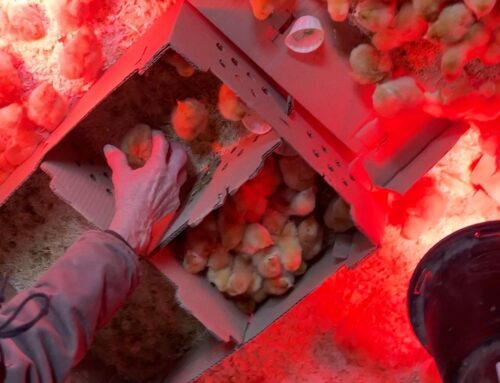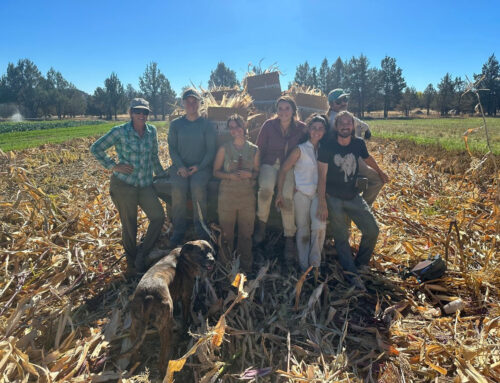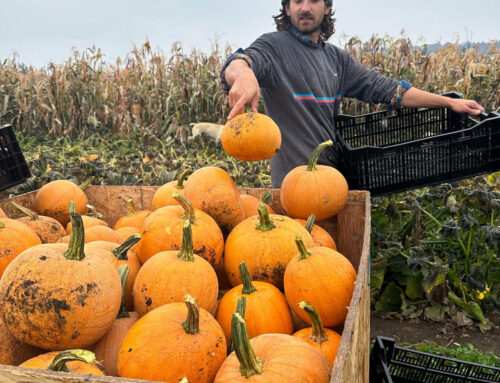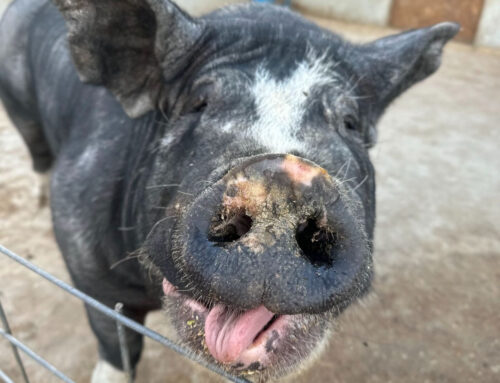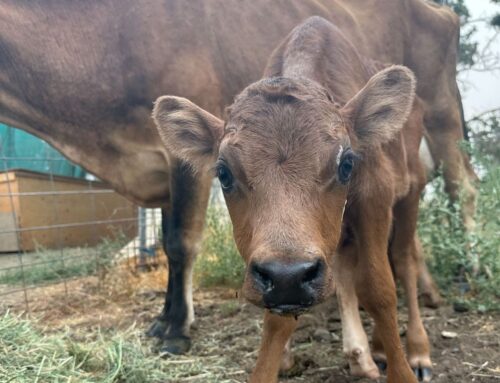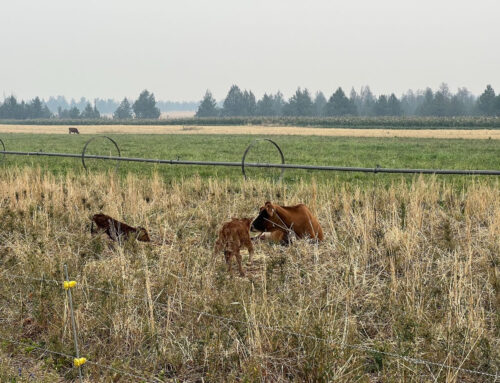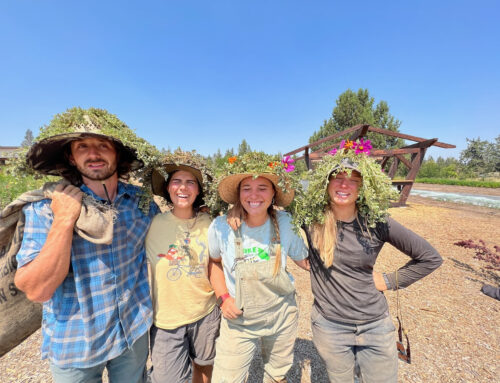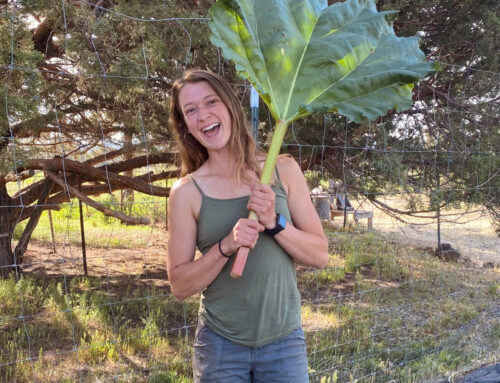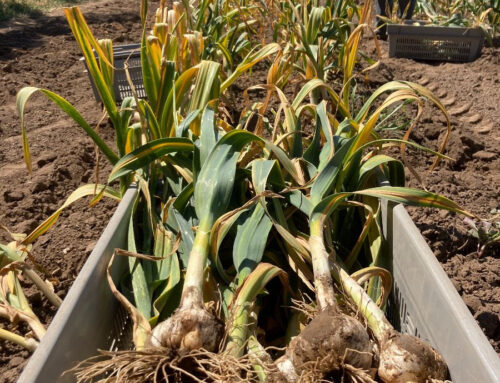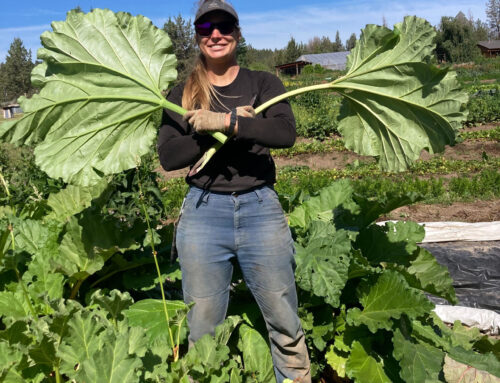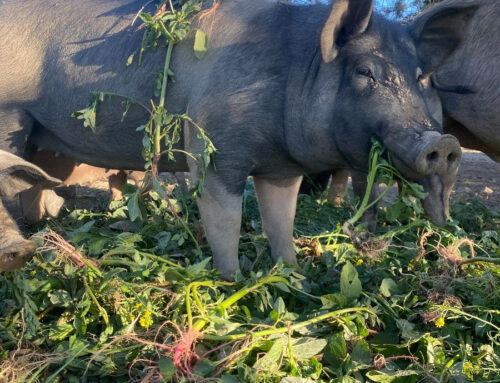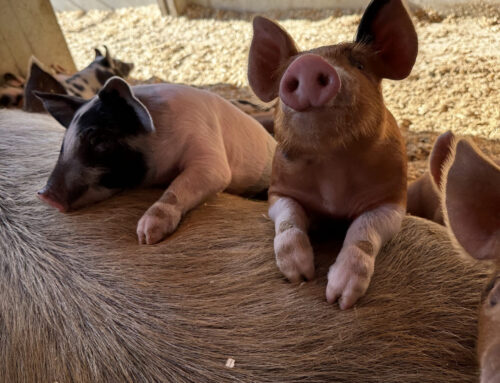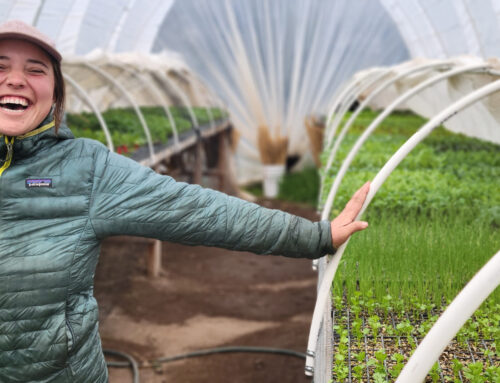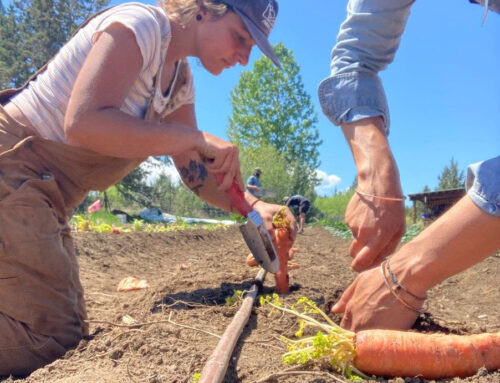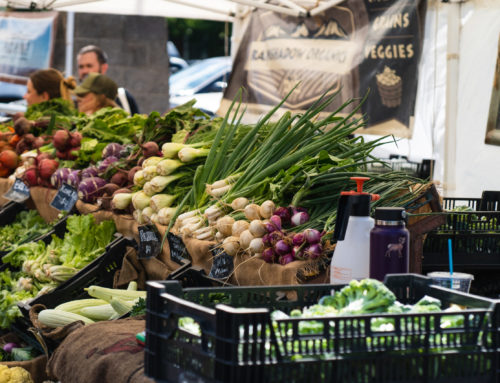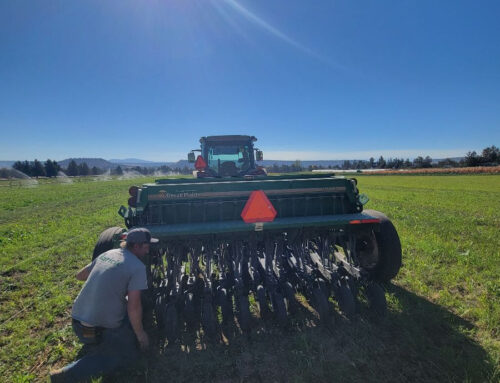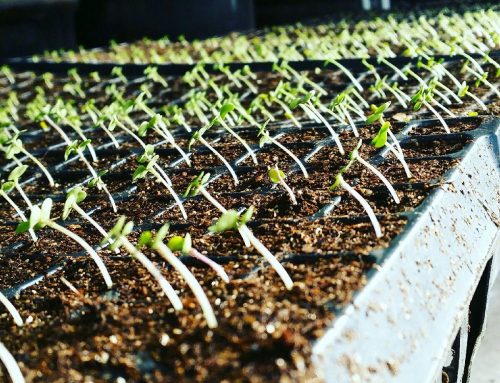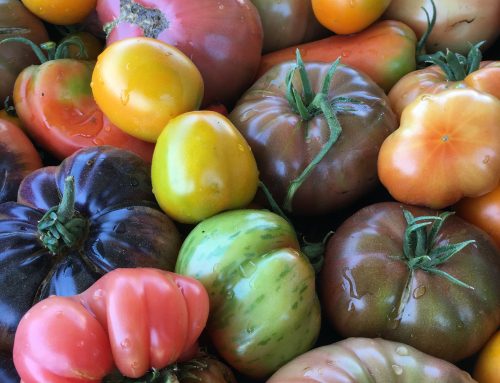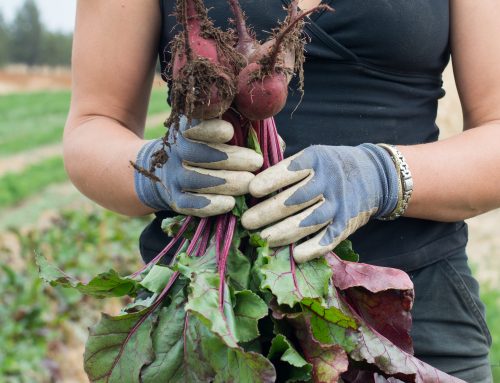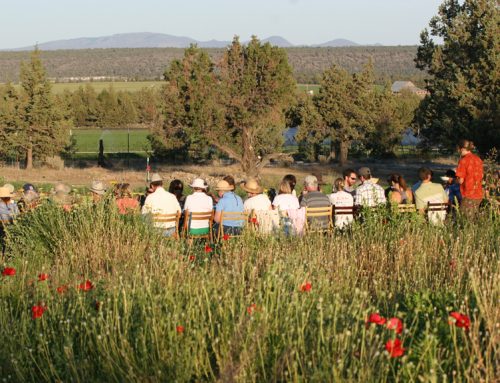News from the Farm
You know when you are watching the pot on the stove waiting for it to boil? (We all do it, even when we know we shouldn’t!) And it starts to form bubbles on the bottom and then begins to vibrate right before it blows up into a full on boil? Well that is a bit what the farm is feeling like right now.
Over the past month we have been doing a lot of bed flipping in preparation for the upcoming weeks of planting. So far, we have only been working in the hoop houses, but starting in the 2-acre garden is right around the corner. (The bubbles are forming on the bottom of the pan.)
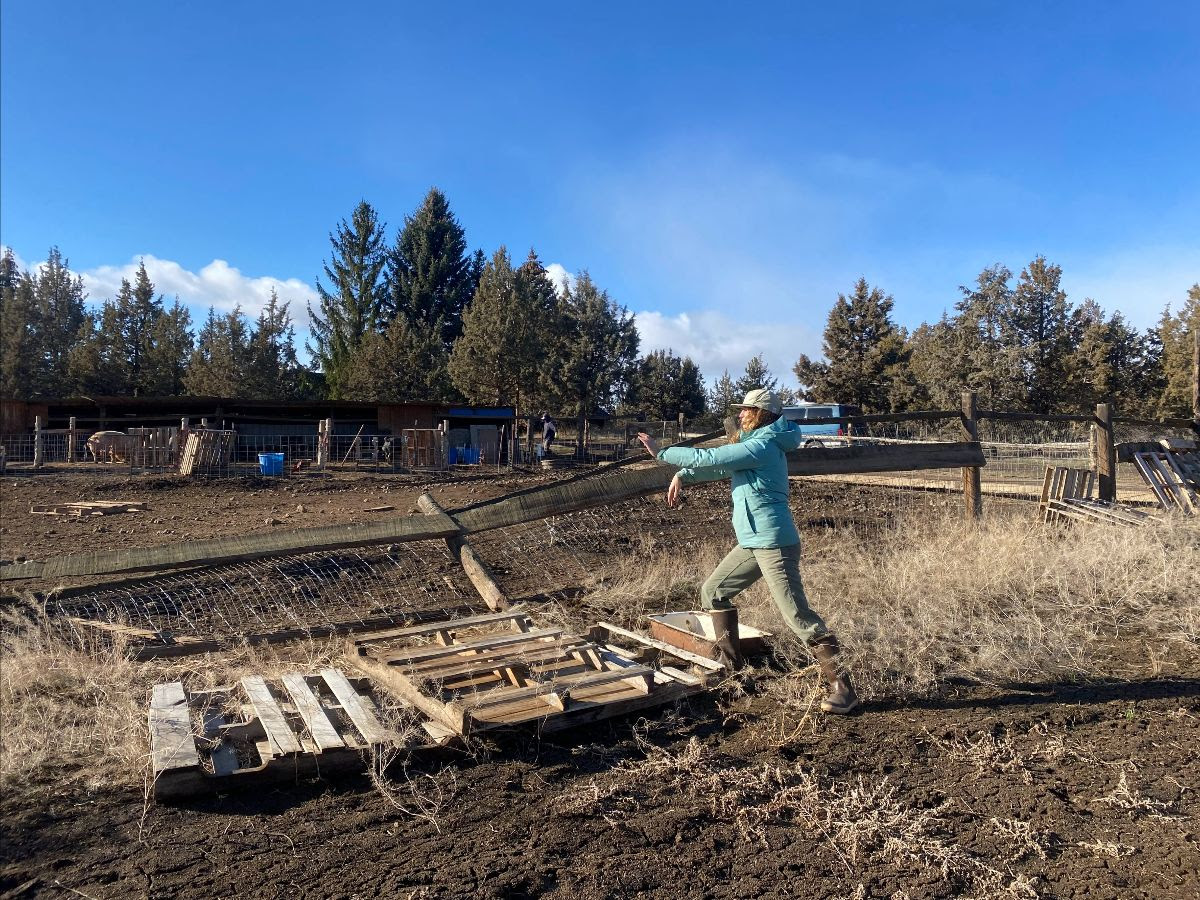
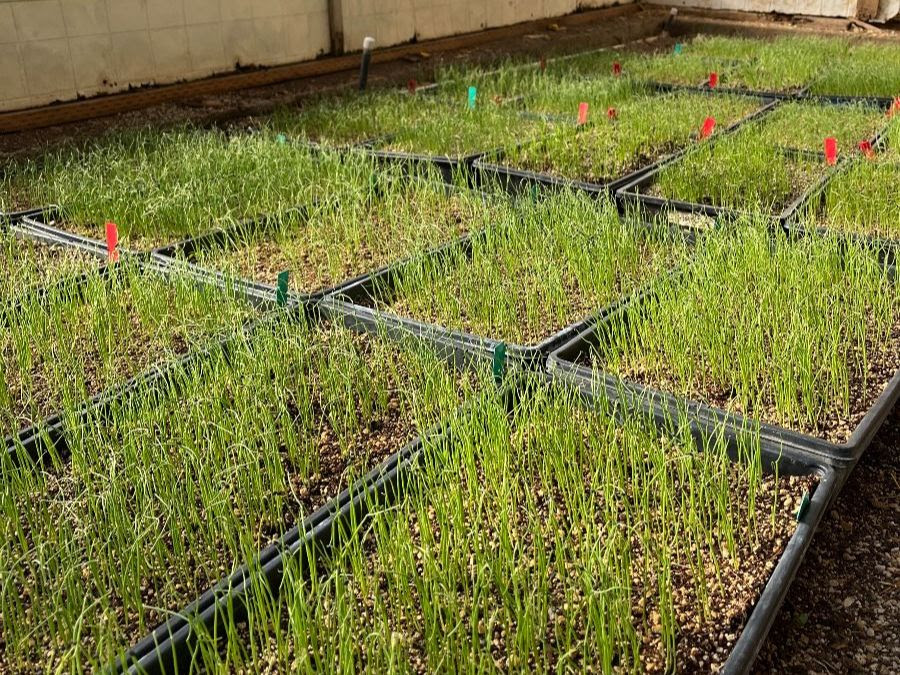
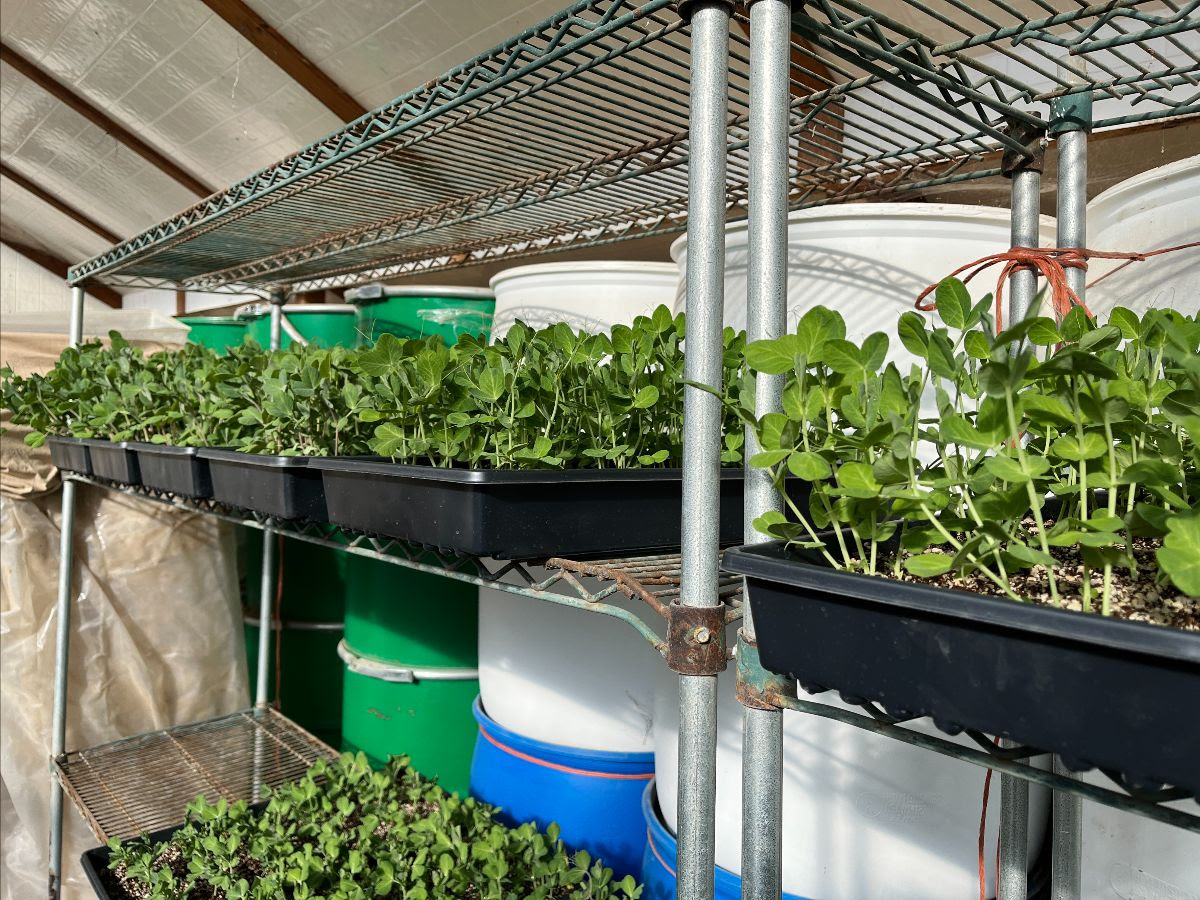
|
|
What is bed flipping?
- Weed and trim the kale plants that are currently planted down to their base leaving the roots in the ground. (We are experimenting with leaving the roots in the beds this year in order to keep feeding microbes that live in the soil as well as adding more biomass to our soil.)
- Reform the bed by shoveling the bed back into an approximate 1′ tall x 2-3′ wide mounds.
- Spread soil amendments–chicken manure, gypsum, and compost–onto the newly mounded bed. This feeds the soil microbes as well as the plants that will be transplanted within the next month. The plants pull from the minerals and nutrients in the amendments (all organic) which is part of what makes our vegetables so nutrient dense.
- Mix the soil and the amendments with a broadfork (a wide tall pitchfork like object that you step down on and wiggle back and forth to spread the amendments throughout the soil column).
- Flatten the surface of the bed with the back of a rake, something we call zenning the bed, and set out your irrigation hoses.
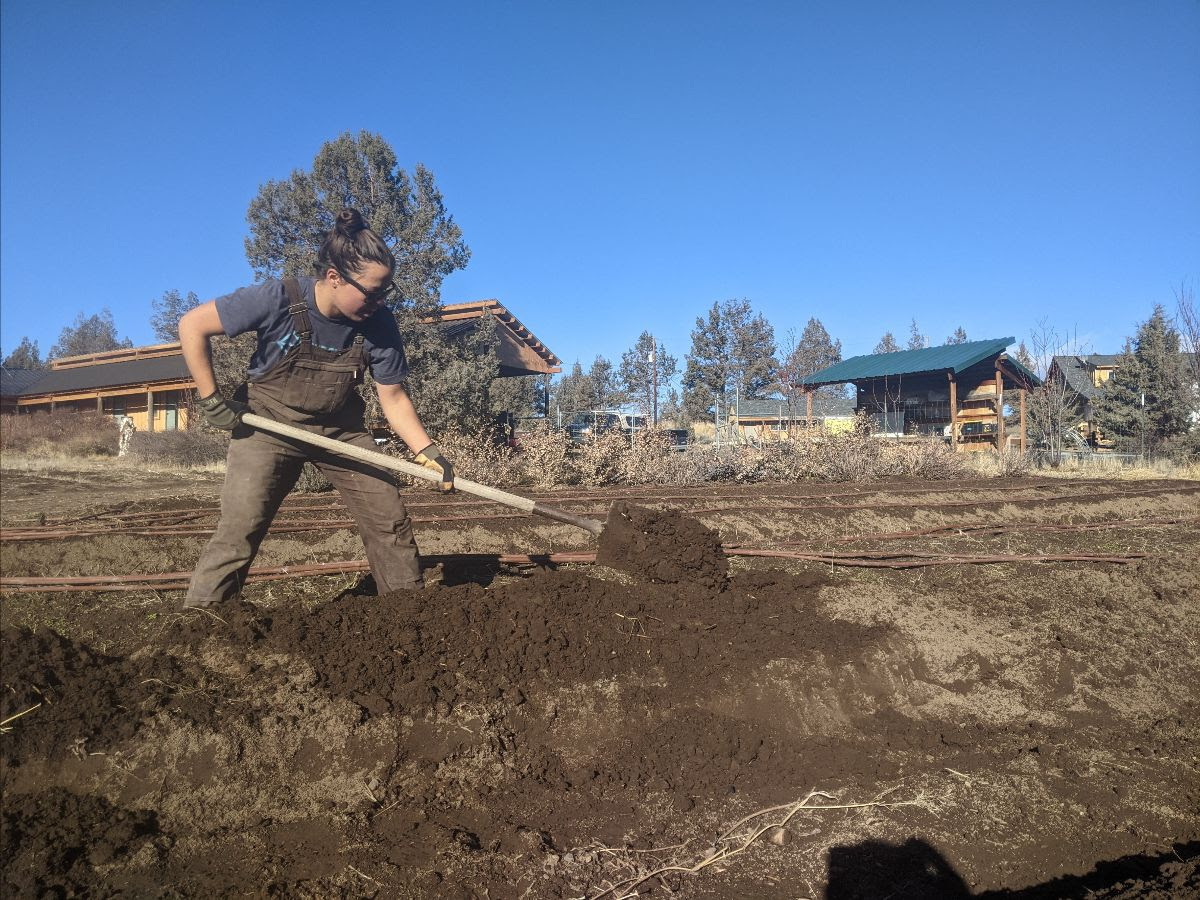
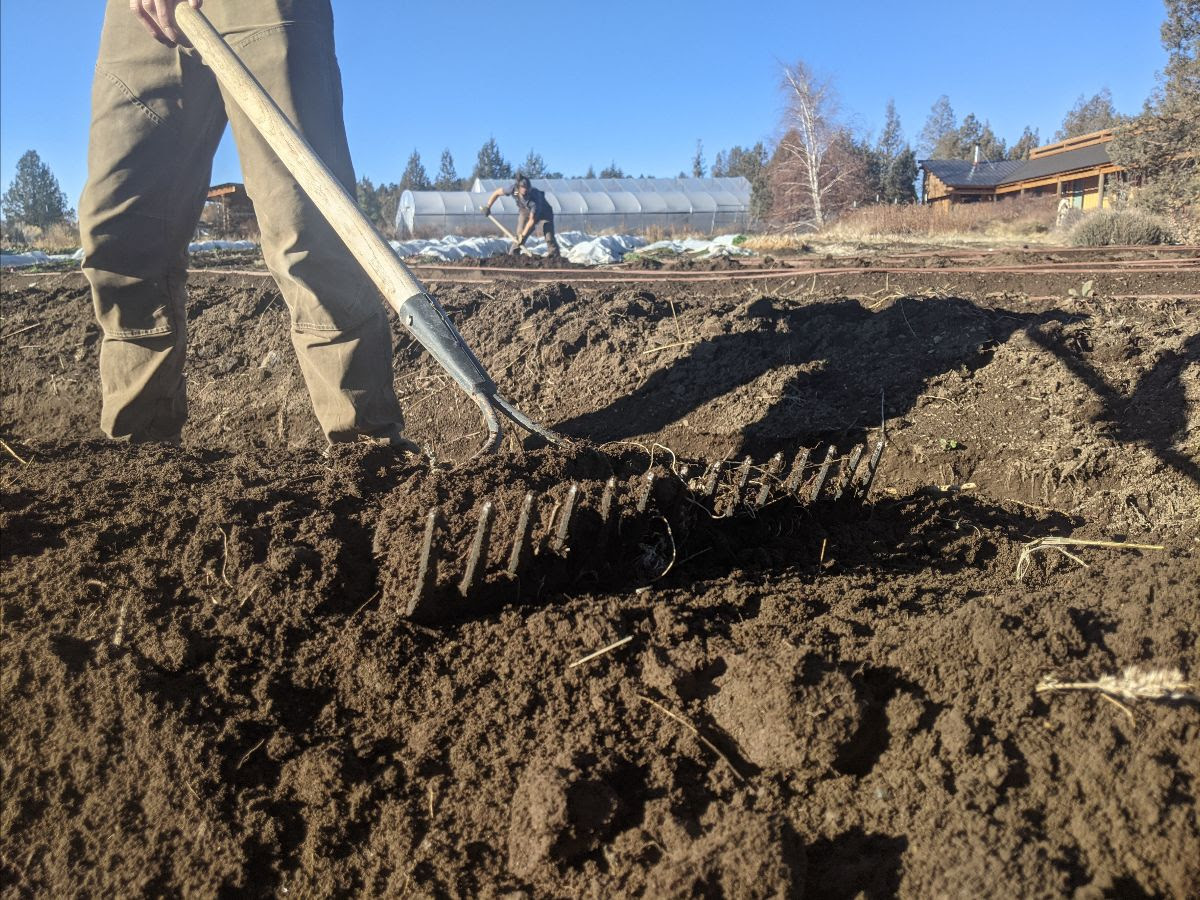
These are pics from a couple winters ago, but here you can see Christine mounding the beds and Noah zenning the top. Try as I might, I couldn’t find a picture of us broadforking, probably because we are always working right then.
Summer CSA shares still available |
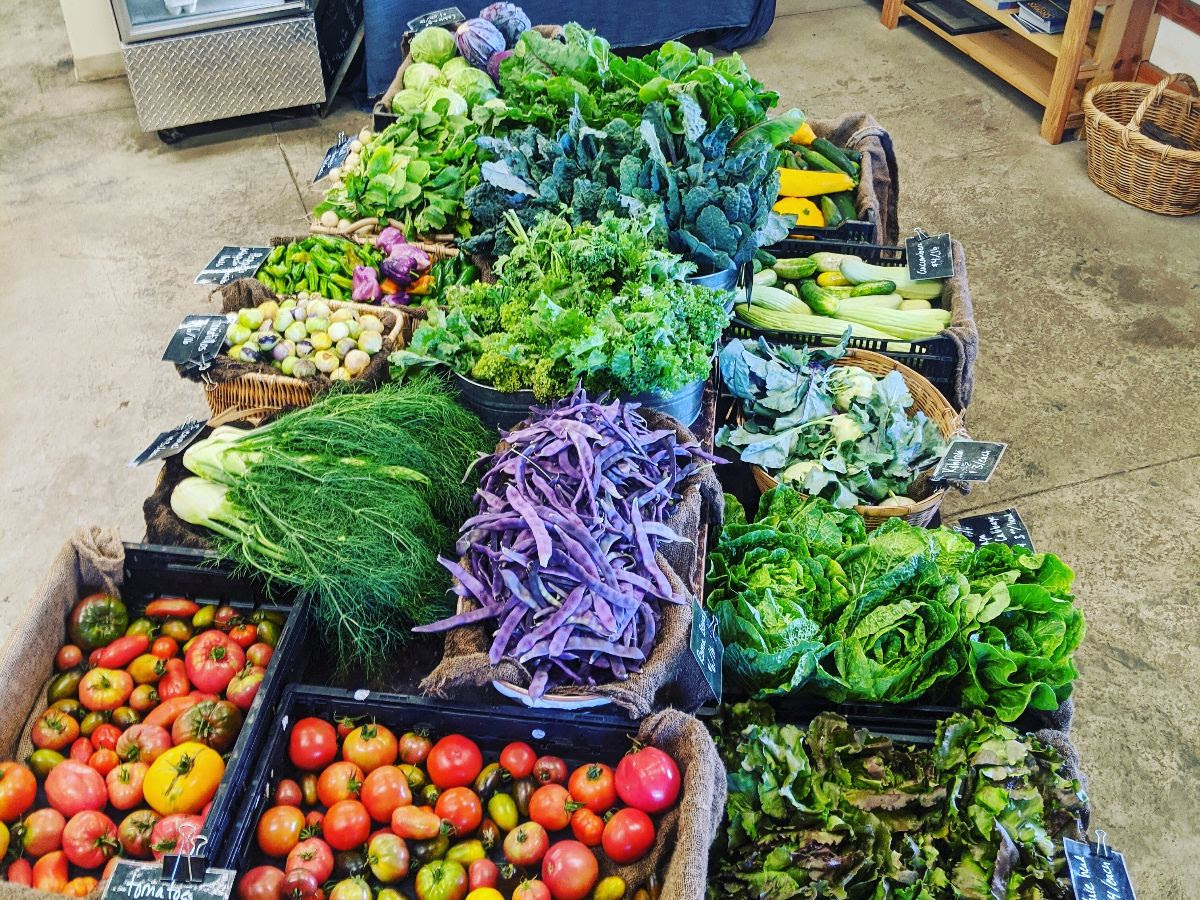
| It’s that time of year! As you begin to dream about fresh spring & summer vegetables (snap peas, tomatoes, beans, broccoli, even zucchini), don’t forget to secure your Rainshadow Organics 20-week summer CSA. Choose the size and share type that best fits your home. We have sold out for the past 4 years and we are currently about half full. We would hate for our community members to miss their opportunity. |
Probable Box Contents
We pack the vegetable portion of your CSA share on Wednesday before pick up. Our decisions about what goes into the monthly vegetable CSA depends on the temperature and and how our storage crops and the hoops are doing.
Today, we think Thursday’s Vegetable Share will include:
|
We feel pretty confident about these:
|
| The Meat CSA will include: PORK! This is the month of miscellaneous pork. Your share will include something smoke (bacon, ham steak, ham hock, ham roast), something ground (ground pork, sweet Italian sausage, hot Italian sausage), and then all the rest of the cuts of the hog will be split out between all the shares (chops, roasts, ribs, etc.). A true variety pack! |
|
|
|
Stuffed Squash
(Adapted from Featherstone Farms’ recipe in Bounty from the Box by Mi Ae Lipe) While the original recipe doesn’t call for it, adding one of your packs of ground pork to this will be DELICIOUS!
INGREDIENTS INSTRUCTIONS
|
Adapted from California Grown
(this served with some fresh bread to sop up the juices, or rice, and a pan friend pork chop on the side sounds incredible)
INGREDIENTS
1 head Napa Cabbage
1/3 cup concentrated tomato paste
4 garlic cloves sliced very thin or grated
1 1/2 teaspoons ground coriander
1 1/2 teaspoons ground cumin
1/2 teaspoon ground turmeric
1/2 teaspoon crushed red pepper flakes
1/2 teaspoon coarsely ground black pepper
1/2 cup extra-virgin olive oil divided
1/2 tablespoon coarse Kosher salt divided
3 tablespoons cilantro leaves for serving
INSTRUCTIONS
- Preheat the oven to 350°F (190°C).
- Cut the Napa cabbage in half through the core then cut each half into quarters. You will have 8 Napa cabbage wedges. Set aside.
- In a small bowl combine the tomato paste, garlic, coriander, cumin, turmeric, and black pepper. Stir to combine completely. Set aside.
- Heat 1/4 cup of the olive oil in a large cast-iron skillet over medium-high heat. Working in batches, if necessary, add as many cabbage wedges into the skillet cut side down as will comfortably fit. Season with the coarse kosher salt. Cook, turning once, until lightly charred, about 2-3 minutes per side. Transfer the seared cabbage to a plate and repeat with any remaining cabbage quarters.
- Carefully, wipe out the skillet and reduce the heat to medium. Add the remaining 1/4 cup olive oil to the skillet, once warm and beginning to shimmer add the spiced tomato paste mixture. Heat, stirring constantly, until the tomato paste begins to split and darken in color, 2-3 minutes.
- Add enough water to the skillet to come halfway up the sides, about 1 – 1 1/2 cups total. Season the liquid with salt and bring to a simmer.
- Nestle all of the seared cabbage wedges into the simmering tomato broth, overlapping if necessary. Transfer the cabbage to the oven and bake, uncovered, turning the cabbage wedges once about half way through, about 40-50 minutes. The cabbage should be falling apart tender when cooked completely.
- Serve immediately garnished with cilantro leaves and pistachio crumble if using.
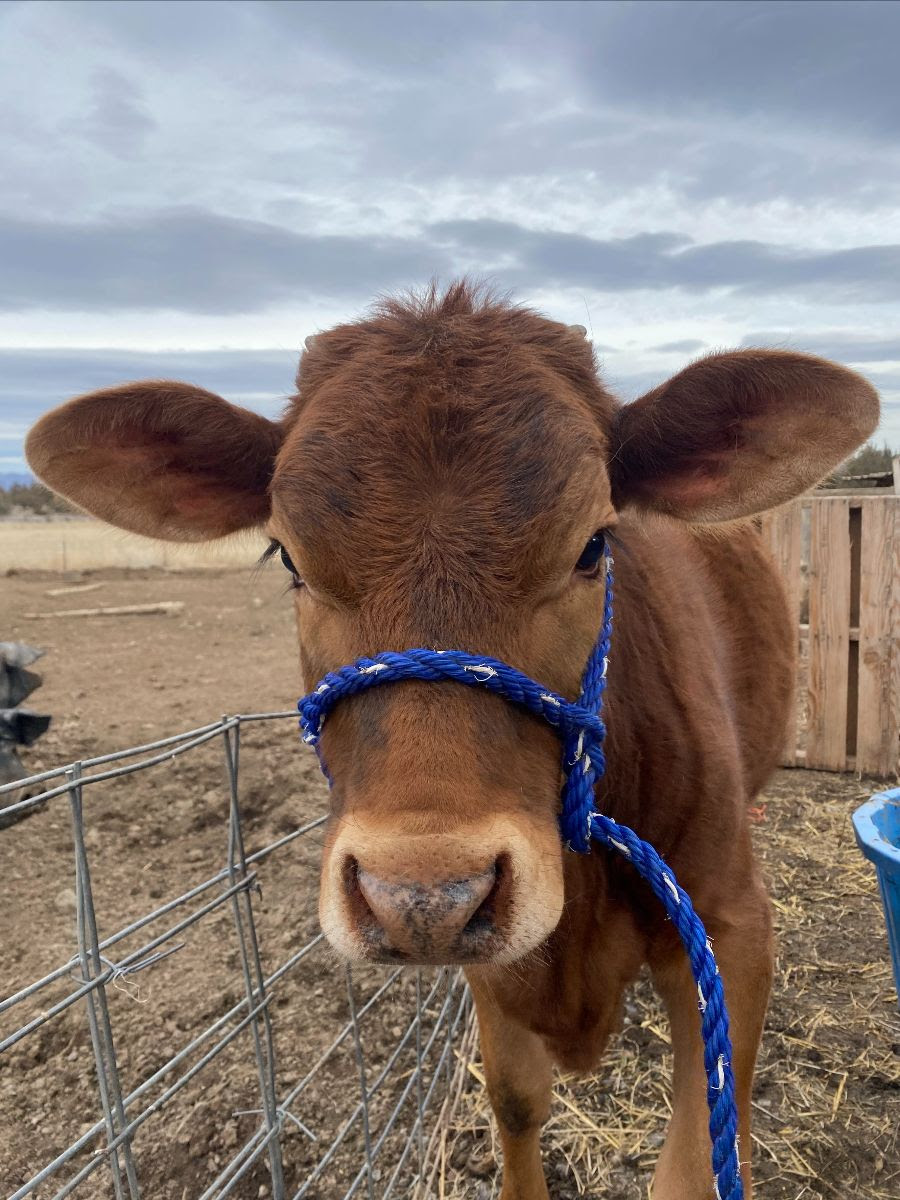
|
|



